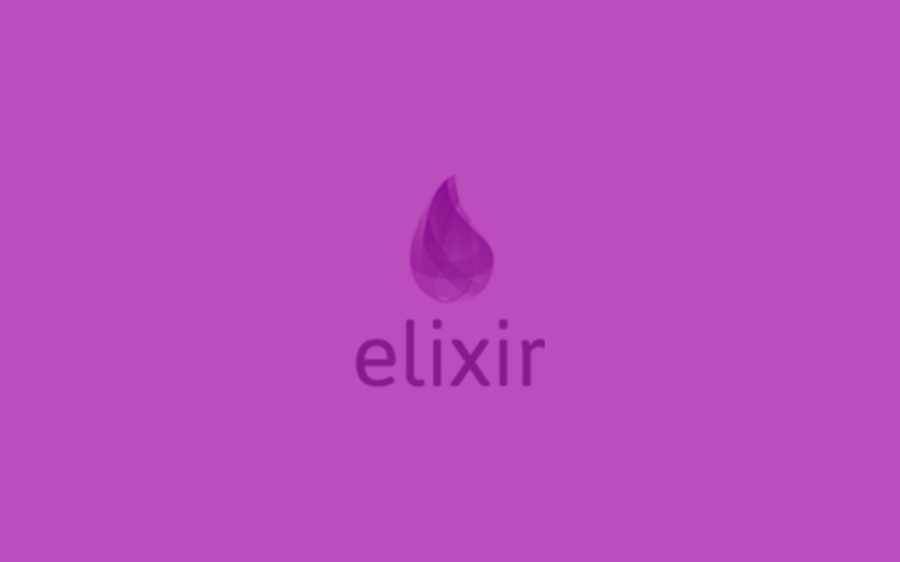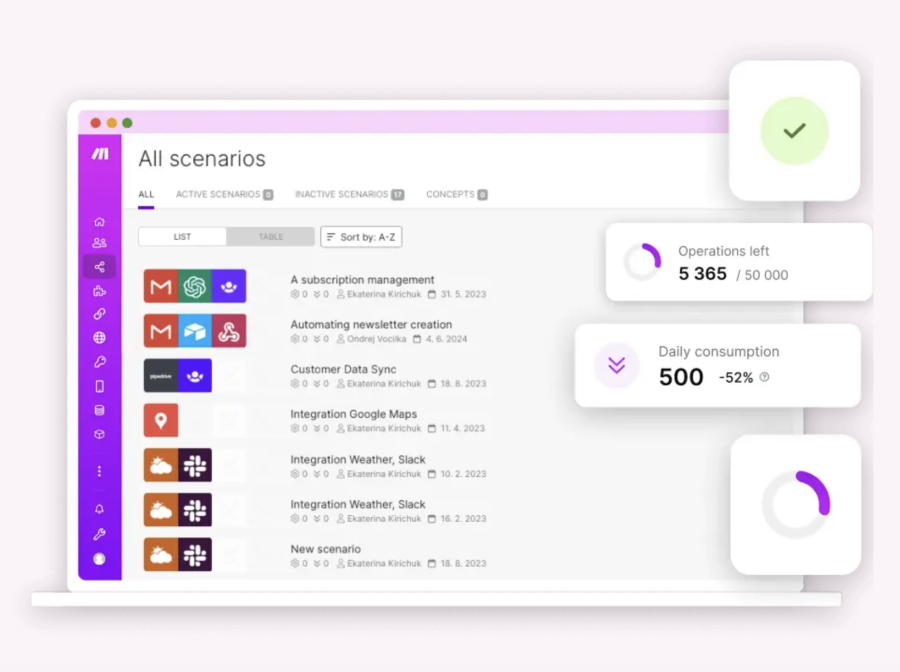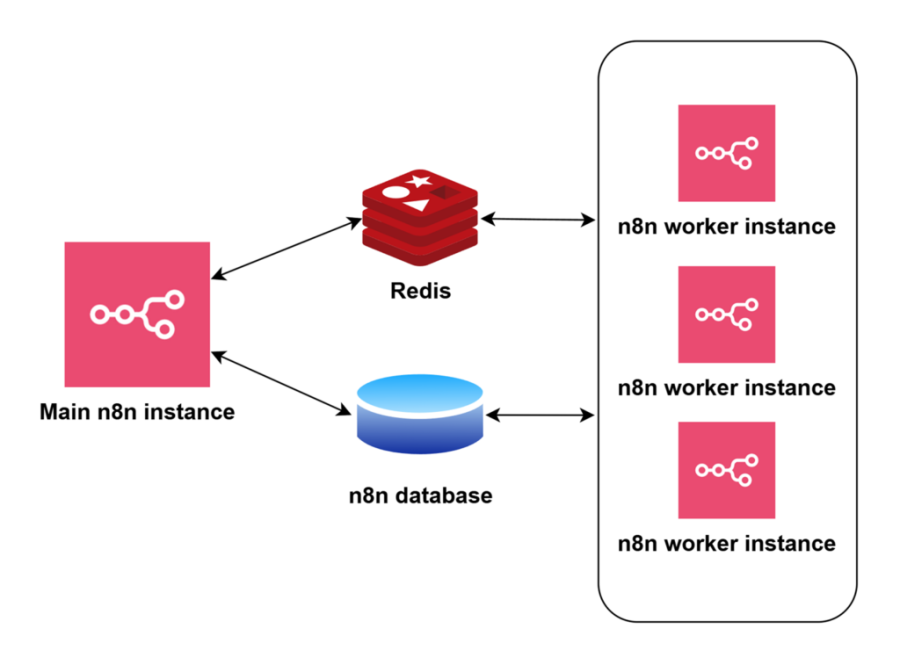Elixir: The Language of Scalable and Fault-Tolerant Applications
Elixir is a dynamic, functional programming language designed for building scalable, maintainable, and fault-tolerant applications. Built on the Erlang VM (BEAM), Elixir inherits its proven capabilities for handling massive concurrency and high availability, making it a favorite for modern developers working on distributed systems and real-time applications.
In this article, we’ll explore Elixir’s origins, key features, real-world applications, and why it’s an excellent choice for modern software development.
What is Elixir?
Elixir was created in 2011 by José Valim, a core member of the Ruby on Rails team, to address the challenges of building highly concurrent and fault-tolerant applications. It combines the expressiveness of modern languages like Ruby with the battle-tested performance and reliability of the Erlang ecosystem.
Elixir is particularly known for its role in developing distributed systems, web applications, and real-time communication tools.
Key Features of Elixir
1. Fault Tolerance
Elixir runs on the Erlang VM, which is renowned for its ability to build fault-tolerant systems. Applications built in Elixir can recover from failures gracefully, ensuring high availability.
2. Scalability
With lightweight processes and the actor model for concurrency, Elixir makes it easy to build systems that scale to handle millions of simultaneous users or processes.
3. Functional Programming
Elixir’s functional programming paradigm promotes immutability, reducing side effects and making code easier to test and maintain.
4. Productivity and Expressiveness
Elixir’s syntax is clean, concise, and developer-friendly, enabling faster development cycles and easier onboarding for new developers.
5. Real-Time Communication
Elixir’s Phoenix framework, built on top of the language, excels in building real-time applications with features like WebSockets and live updates.
6. Built-In Tools
Elixir includes powerful tools like Mix for project management, IEx for interactive programming, and comprehensive testing support.
7. Extensible Ecosystem
Elixir’s package manager, Hex, offers a vast ecosystem of libraries and tools to extend its capabilities.
Why Choose Elixir for Your Projects?
1. Proven Reliability
Elixir inherits decades of reliability from Erlang, which powers critical systems like telecom networks and messaging platforms.
2. Modern Web Development
The Phoenix framework makes Elixir a strong contender for building modern web applications with real-time features and excellent performance.
3. Concurrent Applications
Elixir is built for concurrency, making it ideal for applications that need to handle thousands or millions of simultaneous connections.
4. Cost Efficiency
Elixir’s lightweight processes and efficient resource usage reduce the infrastructure costs of running large-scale applications.
5. Community and Growth
Elixir boasts an active and growing community, contributing to a rich ecosystem of tools, libraries, and learning resources.
Applications of Elixir
1. Real-Time Applications
Elixir is a natural fit for building real-time chat applications, live dashboards, and collaborative tools.
2. Web Development
With the Phoenix framework, Elixir is widely used for creating fast, scalable web applications with real-time capabilities.
3. Distributed Systems
Elixir’s concurrency model and fault tolerance make it ideal for distributed systems and microservices.
4. Messaging Platforms
Many messaging and communication platforms leverage Elixir’s ability to handle high concurrency and real-time data processing.
5. IoT Applications
Elixir is increasingly being used in IoT (Internet of Things) applications, thanks to its scalability and ability to manage large numbers of connected devices.
6. Financial Systems
The language’s reliability and fault tolerance make it a strong choice for building financial systems that require high availability and precision.
Real-World Use Cases
1. Discord
The popular messaging platform Discord uses Elixir to handle millions of simultaneous users and messages.
2. Pinterest
Pinterest adopted Elixir for its ability to handle real-time updates and notifications.
3. WhatsApp
While primarily built on Erlang, WhatsApp’s architecture showcases the power of the BEAM ecosystem, which Elixir is built upon.
4. Financial Services
Companies in the financial sector use Elixir for building secure, fault-tolerant systems to handle transactions and data processing.
Learning Elixir
1. Official Documentation
The Elixir website provides comprehensive documentation, guides, and tutorials for beginners and advanced developers.
2. Online Courses
Platforms like Udemy, Pluralsight, and Codecademy offer structured Elixir courses to help you master the language.
3. Community Resources
Elixir’s community actively contributes to forums, blogs, and GitHub repositories, providing valuable learning materials and examples.
The Future of Elixir
As real-time applications, IoT, and distributed systems continue to grow, Elixir’s relevance will only increase. Its unique combination of scalability, fault tolerance, and developer productivity makes it a strong choice for tackling modern software challenges.
Conclusion
Elixir is a powerful language for building reliable, scalable, and high-performance applications. Whether you’re developing real-time communication tools, web applications, or distributed systems, Elixir offers the tools and features you need to succeed.
Ready to harness the power of Elixir? Start building fault-tolerant, scalable applications today!















